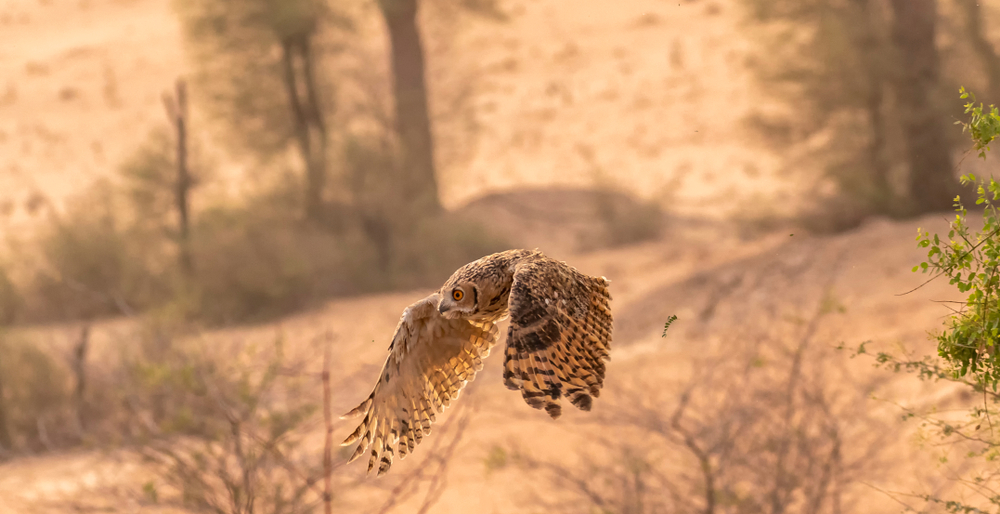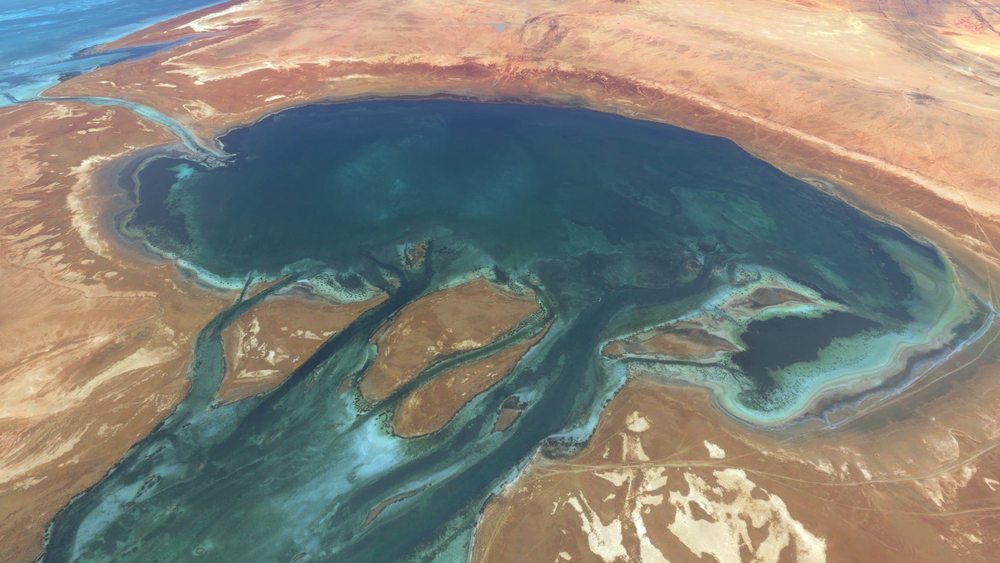Semenawi Bahri Overview
Semenawi Bahri National Park, known locally as “Semenawi Bahri,” is a prominent protected area in Eritrea, celebrated for its lush landscapes and rich biodiversity. Situated in the Northern Red Sea Region, the park encompasses a series of mountains and valleys, with elevations ranging from approximately 900 to 2,400 meters above sea level.
The name “Semenawi Bahri” translates to “Northern Sea” in Tigrinya, reflecting the park’s location and its expansive, undulating terrain. The landscape is characterized by verdant forests, rolling hills, and deep valleys, creating a picturesque environment that stands in contrast to Eritrea’s more arid regions. The park’s topography includes the eastern escarpments, offering breathtaking vistas and a cool, temperate climate.
Semenawi Bahri National Park is renowned for its diverse wildlife. Mammalian species such as leopards, bushbucks, klipspringers, greater kudus, duikers, and warthogs inhabit the park. Primates, including vervet monkeys, are also present. The avian population is notable, with numerous bird species, including eagles, making the park a significant area for birdwatching.
The park’s flora is equally impressive, supporting the last tropical montane forest in Eritrea. This unique ecosystem is home to various plant species, contributing to the park’s status as a vital conservation area.
Conservation efforts in Semenawi Bahri focus on preserving its unique ecosystems and biodiversity. The Eritrean government, in collaboration with international organizations, has implemented measures to protect the park’s flora and fauna. Initiatives include anti-poaching campaigns, habitat restoration projects, and community engagement programs to promote sustainable resource use. The park’s proximity to human settlements necessitates ongoing efforts to mitigate human-wildlife conflicts and ensure the protection of endangered species.
Visitors to Semenawi Bahri National Park can engage in various activities, including hiking, wildlife observation, and birdwatching. The park’s network of trails allows for exploration of its diverse landscapes, from dense forests to open grasslands. The scenic drive along the Asmara-Massawa road, which traverses the park, offers panoramic views and opportunities to spot wildlife. While the park does not feature significant waterfalls, the combination of its lush vegetation and varied topography provides a tranquil retreat for nature enthusiasts.
In summary, Semenawi Bahri National Park stands as a testament to Eritrea’s natural beauty and commitment to conservation. Its rich biodiversity, unique montane forests, and scenic landscapes make it a must-visit destination for those seeking to experience the country’s ecological heritage. Ongoing conservation efforts are crucial to maintaining the park’s ecological integrity for future generations.











































































